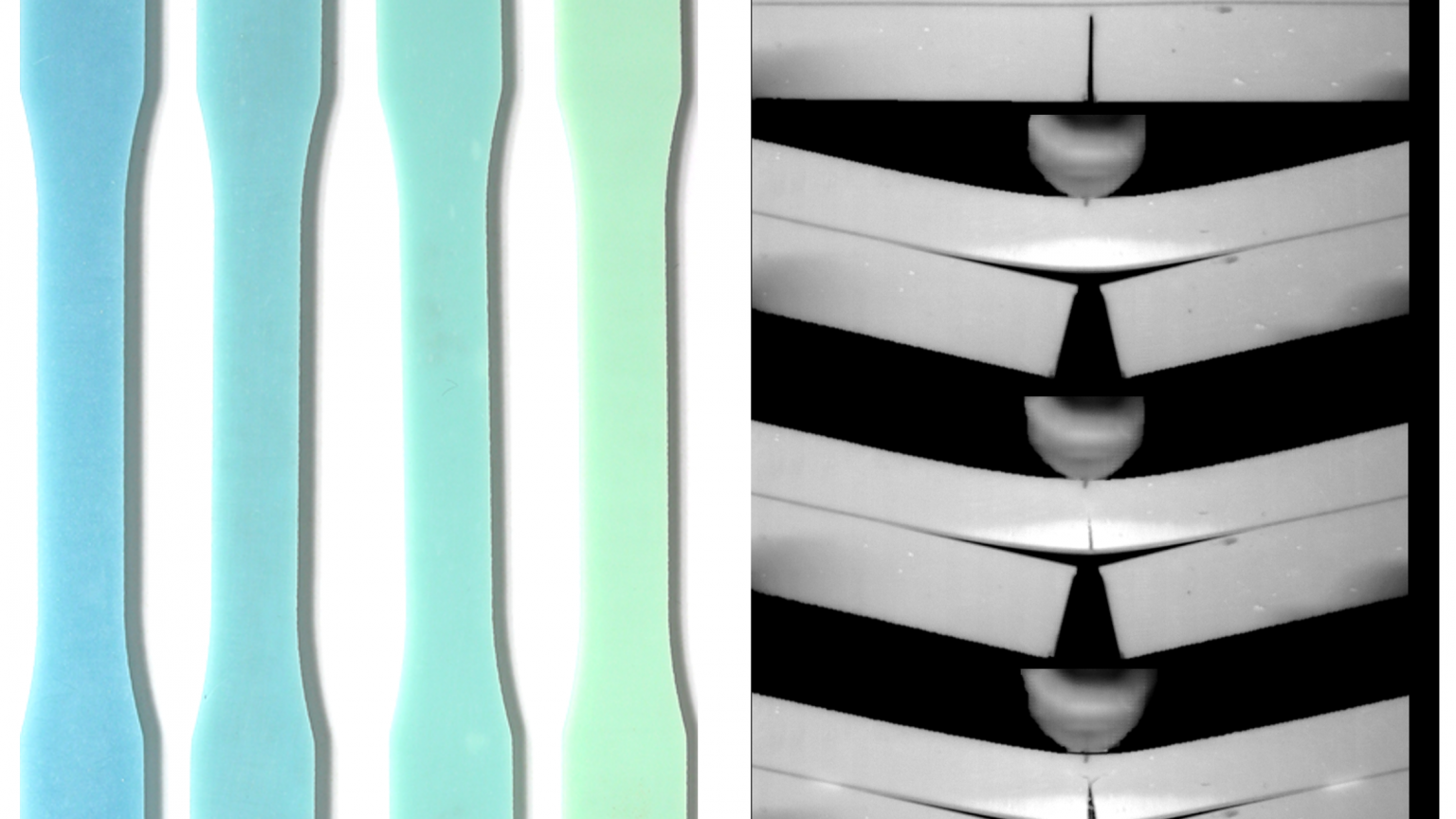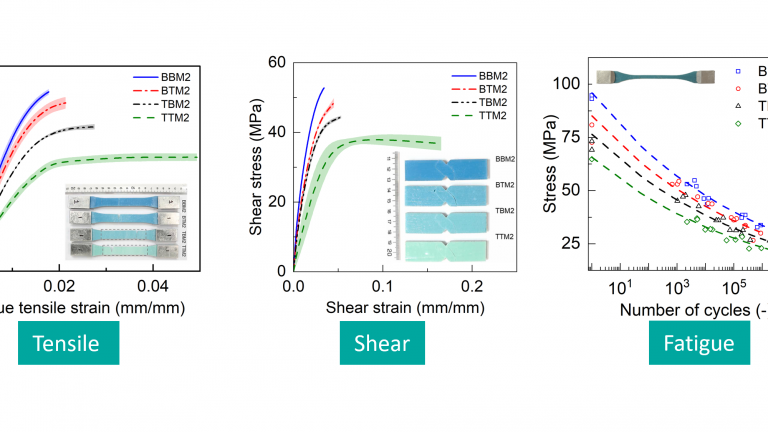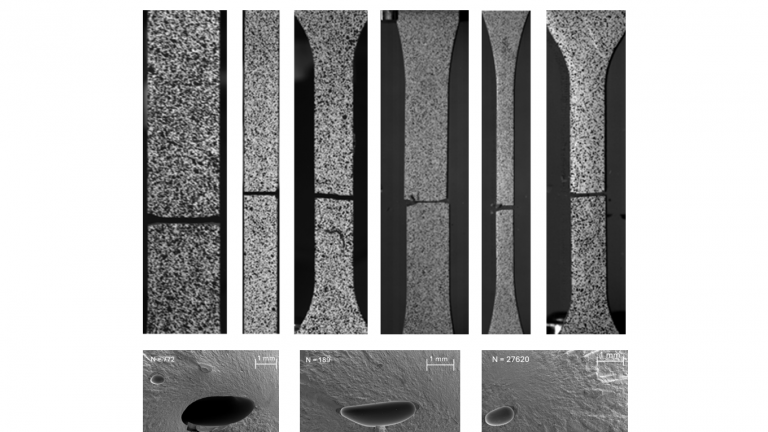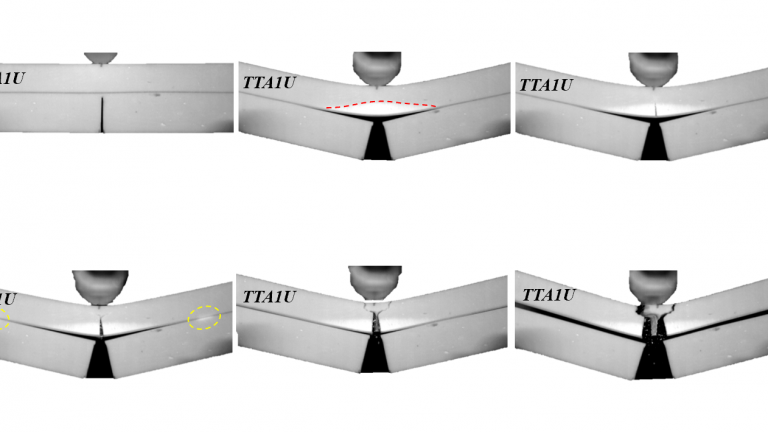Structural adhesives
Paste, two-component adhesives, commonly used in structural engineering, are polymeric materials with inherent defects (voids) in their volume since manufacturing. Their mechanical performance is loading rate and temperature dependent, while they are required to perform for long time under various thermomechanical loading conditions.


Mechanical performance
– Fatigue, creep, viscoelasticity, recovery, physical aging
– Effect of low and high temperatures on curing and properties
– Environmental effects on physical and mechanical properties

Failure analysis
– Failure monitoring, DIC, high speed camera
– Failure analysis, effects of voids and porosity
– Effects of experimental setup and artifacts on material behavior

Fracture
– Fracture performance, interlayers for crack retardation
– Failure analysis, DIC, and high-speed photography
– Toughened and non-toughened adhesives
Completed PhD theses
Improved Material Formulations for Thick Adhesive Joints in Wind Turbine Blades
J. Fan, V. Michaud, A. Vassilopoulos (Dirs.) EPFL, Lausanne, 2024.
Abstract – Full Text
Crack Arresting Strategies for Wind Turbine Blade Adhesive Joints
D. V. Srinivasan, A. Vassilopoulos (Dir.) EPFL, Lausanne, 2024.
Abstract – Full Text
Durability and fatigue performance of a typical cold-curing structural adhesive in bridge construction
M. Savvilotidou, T. Keller and A. Vassilopoulos (Dirs.). EPFL, Lausanne, 2017.
Abstract – Full Text
Ductility and strain rate-dependency of adhesively-bonded timber joints
M. Angelidi, T. Keller and A. Vassilopoulos (Dirs.). EPFL, Lausanne, 2017.
Abstract – Full Text
Thermophysical and thermomechanical behavior of cold-curing structural adhesives in bridge construction
O. Moussa, T. Keller and A. Vassilopoulos (Dirs.). EPFL, Lausanne, 2011.
Abstract – Full Text